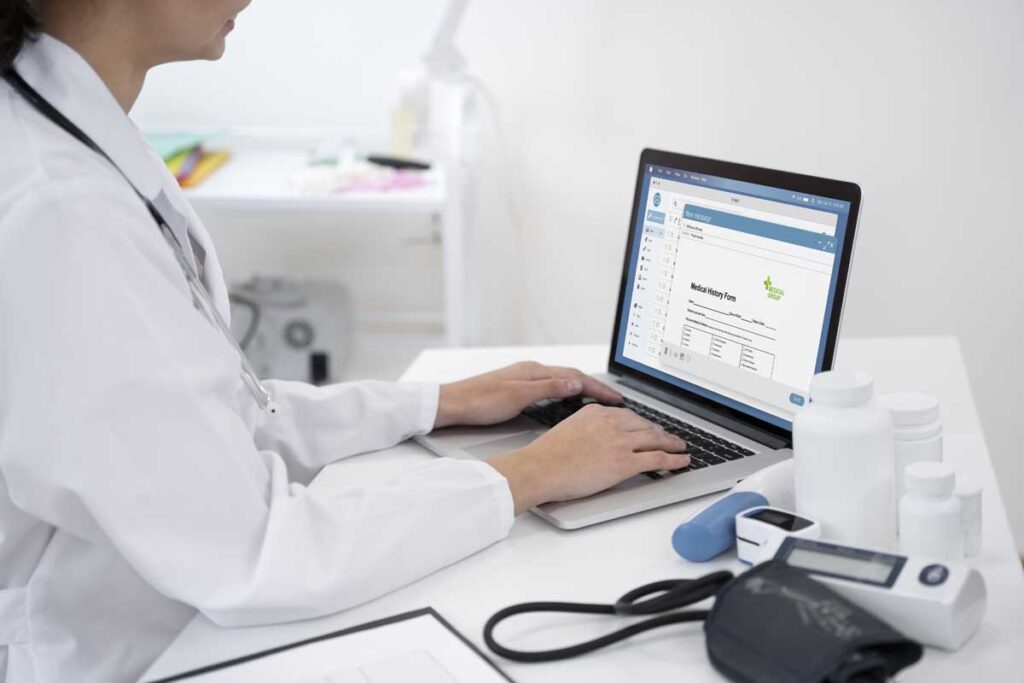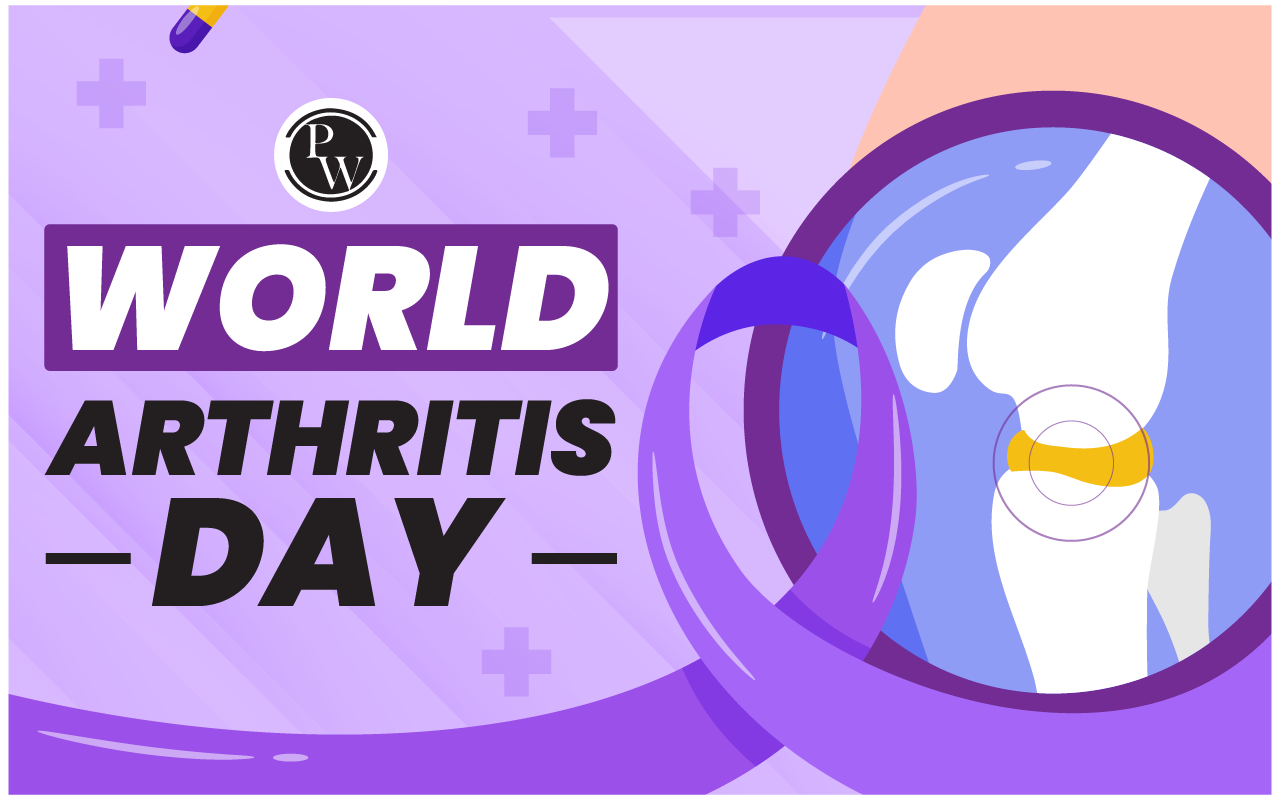Image Courtesy: Freepik
In the rapidly growing model of modern healthcare, technology plays an important role in enhancing patient care, improving operational efficiency, and providing better results. One of the most transformative innovations in this regard is Electronic Health Record (EHR) software. EHRs have revolutionized the way medical information is captured, stored, and shared, leading to more coordinated, efficient, and patient-centered care. In this article, we delve into the evolution and impact of EHR software, exploring its benefits, challenges, and future prospects.
The Evolution of EHR Software
Paper Records to Digital Transformation: Before EHRs, healthcare institutions relied on paper-based records, which were cumbersome, error-prone, and often resulted in inefficient data management. The advent of EHR software brought about a digital transformation, allowing healthcare providers to capture, store, and retrieve patient information electronically.
Integration and Interoperability: Initially, EHR systems were localized and operated independently within healthcare facilities. However, as the need for seamless data sharing and interoperability became evident, efforts were directed toward integrating EHRs with other healthcare systems, enabling the secure exchange of patient data across different providers and facilities.
Meaningful Use and Standardization: Governments and regulatory bodies recognized the potential of EHRs to improve patient care and outcomes. Initiatives like the Meaningful Use program in the United States incentivized healthcare providers to adopt EHRs and meet specific criteria for their meaningful utilization, leading to standardization and enhanced data quality.
Benefits of EHR Software
Enhanced Patient Care: EHR software centralizes patient information, making it easily accessible to authorized healthcare professionals. This leads to better-informed medical decisions, reduced medical errors, and improved patient safety.
Efficiency and Workflow: EHRs streamline administrative tasks, such as appointment scheduling, billing, and documentation. Automated processes and digital record-keeping save time and resources, allowing healthcare providers to focus more on patient care.
Data Analytics and Insights: EHRs generate a wealth of clinical data that can be analyzed to identify trends, track outcomes, and conduct research. These insights contribute to evidence-based medicine and drive continuous improvement in healthcare practices.
Patient Engagement: Many EHR systems offer patient portals, allowing individuals to access their own health information, schedule appointments, and communicate with their healthcare providers. This promotes active patient participation in their care journey.
Challenges in EHR Implementation
Interoperability Issues: Despite efforts to standardize data exchange, challenges in achieving true interoperability between different EHR systems still exist. Data fragmentation can hinder the seamless sharing of information between healthcare providers.
User Interface and Usability: Some EHR systems have faced criticism for complex user interfaces and lack of user-friendliness. Difficult-to-navigate interfaces can lead to frustration among healthcare professionals and potentially compromise patient care.
Data Security and Privacy: EHRs store sensitive patient information, making data security and privacy paramount. Healthcare institutions must invest in robust cybersecurity measures to prevent unauthorized access and breaches.
Future Trends and Possibilities
Artificial Intelligence (AI) Integration: The integration of AI technologies, such as machine learning and natural language processing, holds promise for enhancing EHRs. AI can assist in clinical decision-making, automate routine tasks, and improve data analysis.
Telehealth and Remote Monitoring: The COVID-19 pandemic accelerated the adoption of telehealth solutions. EHRs will likely integrate further with telehealth platforms, enabling remote patient monitoring, virtual consultations, and data exchange in real-time.
Blockchain for Data Integrity: Blockchain technology offers a potential solution to data integrity and security challenges. It can provide an immutable and transparent record of data transactions, enhancing trust and accuracy in EHR systems.
Electronic Health Record (EHR) software has come a long way from its humble beginnings, fundamentally transforming healthcare practices and patient experiences. The benefits of EHRs are evident in improved patient care, streamlined workflows, and better data-driven decision-making. While challenges such as interoperability and data security persist, ongoing technological advancements offer promising solutions. As we look ahead, the integration of AI, telehealth, and blockchain technologies points toward an exciting future for EHR software, where it continues to play a central role in shaping the healthcare landscape for the better.

‘Image Courtesy: Freepik
What is EHR Software?
Electronic Health Record (EHR) software is a digital system designed to capture, store, and manage patient health information digitally. It encompasses a comprehensive range of patient data, including medical history, diagnoses, medications, allergies, treatment plans, laboratory results, and more. Unlike traditional paper-based records, EHRs offer a centralized and easily accessible report of patient information that can be securely shared among authorized healthcare providers.
Who Uses EHR Software?
EHR software is utilized by a diverse group of healthcare stakeholders, all of whom contribute to and benefit from the digital health record. This includes:
Healthcare Staff: Physicians, nurses, specialists, and other medical professionals use EHRs to access patient information, document diagnoses and treatments, order tests, and monitor patient progress.
Administrative Staff: EHR systems streamline administrative tasks such as appointment scheduling, billing, and insurance claim processing, improving the overall efficiency of healthcare facilities.
Patients: Many EHR systems offer patient portals that allow individuals to access their own health records, view test results, communicate with healthcare providers, and manage appointments, empowering patients to actively engage in their own care.
Researchers: EHRs generate large amounts of clinical data that can be used for research and analysis. Researchers can identify trends, conduct studies, and contribute to evidence-based medical progress.
Is EHR a CRM System?
EHR software and Customer Relationship Management (CRM) systems share some similarities in terms of managing information, but they serve distinct purposes within different contexts.
EHR software focuses on patient health records, medical histories, treatment plans, and clinical data. Its primary goal is to support healthcare providers in delivering optimal patient care by ensuring accurate and up-to-date medical information.
On the other hand, CRM systems are designed to manage customer relationships, interactions, and sales processes in various industries. While both methods involve data management, EHR software is explicitly tailored to the healthcare domain, whereas CRM systems cater to broader customer-oriented sectors.
What is the Biggest EHR System?
As of my knowledge, the cutoff date is September 2021, One of the largest and most well-known EHR systems is “Epic Systems Corporation.” Epic’s EHR software, known as “Epic EHR,” is widely used by major healthcare institutions and organizations around the world. Epic EHR is renowned for its comprehensive features, integration capabilities, and user-friendly interface. However, it’s important to note that the landscape of EHR systems is dynamic, with new developments and changes occurring over time.
Keep in mind that the information provided is based on the status up to September 2021, and there may have been developments or changes in the EHR industry since then.








